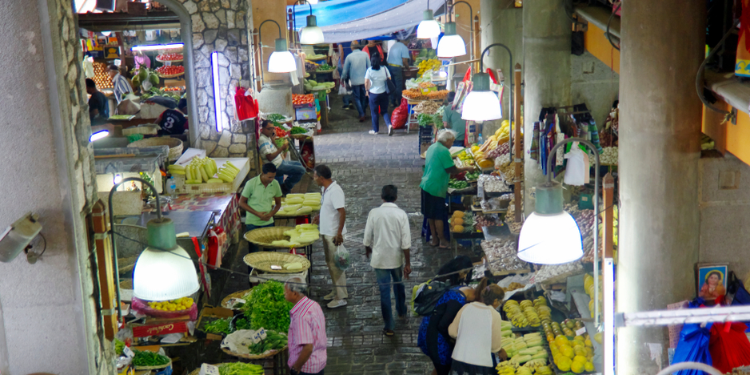
The vegetable shortage in Mauritius presents a significant challenge for those aiming to maintain a balanced diet. With the cyclone season in full swing, prices have skyrocketed, rendering essentials like tomatoes, onions, and lettuce prohibitively expensive - not to mention the strain on the wallet!
This predicament arrives at a crucial juncture in the year. Amidst the religious season, many observe fasting and rely solely on vegetarian fare. However, vegetables are essential for providing a spectrum of vitamins, minerals, and antioxidants crucial for bolstering the immune system. Additionally, their fiber content is vital for intestinal health and cholesterol control. Consuming fewer vegetables may inadvertently lead to excessive intake of other food groups, such as starches and proteins. So, how does one mitigate the impact during this challenging period?
Visit local markets
Shopping at local markets remains a viable option. Despite the shortage, vegetables are generally more affordable at these venues, offering a broader selection than supermarkets, including locally sourced and lesser-known varieties. Supporting small-scale growers becomes imperative during these trying times.
Wander off the beaten path
Diversifying one's diet is key. Rather than relying on frozen options, exploring "forgotten" or less popular local vegetables is advisable. Currently, options like brèdes and roots reign supreme. From brèdes soufflettes to patole or pipangaille, the choices abound! Incorporating fruits, dried legumes (like lentils and dhal), and nutrient-rich nuts like walnuts is also wise.
Dietary supplement
Considering dietary supplements may be necessary to bridge any nutritional gaps. While they shouldn't replace a balanced diet, they can complement it effectively.
Explore
Embracing culinary innovation can turn the scarcity of vegetables into an opportunity to experiment with new flavors. Exploring local recipes, such as the highly nutritious kat kat manioc and the traditional "rice, dhal, toufé brede," can add variety and nourishment to meals.



















